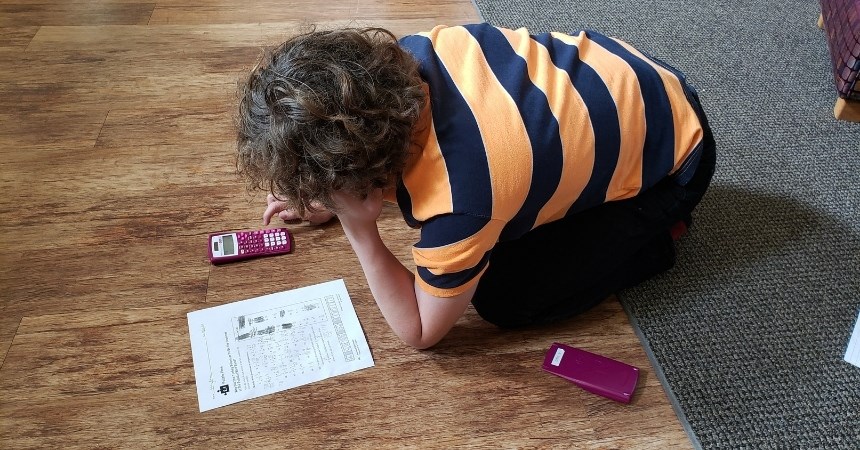By Shayla Leinen, Principal
Dakota Memorial School, Fargo
The purpose of Dakota Memorial School (the on-campus school of Dakota Boys and Girls Ranch), can be summed up in a quote by Donald O. Clifton, co-author of “No, Discover Your Strengths.” He said, “Our greatest contribution is to be sure there is a teacher in every classroom who cares that every student, every day, learns and grows and feels like a human being.”
For many of the students at Dakota Boys and Girls Ranch, school has been a difficult experience. This is especially true for students who haven’t developed coping skills to work through their intense emotions. In most school environments, classes are large and the easiest way to deal with disruptive behavior is to remove kids from the classroom.
Removing them from the classroom causes them to miss essential learning opportunities, which puts them at an increased risk for continued failure. So, at Dakota Memorial School (DMS), we strive to keep kids in the classroom as much as possible.
DMS educators and administrators have developed strategies and implemented research-based practices for working with students who are struggling to maintain appropriate behavior.
Relationships
Developing positive teacher-student relationships is the most effective step we take every day to establish a positive climate and keep kids in the classroom.
All children need to have at least one significant adult in their lives who believes they can do well. DMS teachers have the unique opportunity and privilege to show students they believe in them. It is crucial for students to feel that despite any difficulties they are having, that they are safe, that we still care for them, and that we recognize their successes.
Classroom Environment
Everyone can learn, but the way learning takes place is different for every student. We have taken those learning style differences into account in the design of our classrooms. The classrooms at DMS are conducive to open collaboration, communication, creativity, and critical thinking. If you look around our classrooms, you will see natural light; floor pillows; chairs that swivel, twist, or rock; aromatherapy diffusers; small couches; standing desks; fidgets to keep hands busy; collaborative work tables; and pedal bikes under desks.
Flexible spaces within a balanced learning environment provide options for students, while giving them the responsibility of determining where their minds and bodies work best. In our newest classrooms, we have restrooms and drinking fountains in the room to decrease the instructional time they miss by leaving the room.
Time to Regroup
As soon as we see a student struggling to maintain appropriate behavior, we give them respectful reminders or redirections. Redirecting student behavior is an opportunity for a teachable moment, and a chance to model healthy responses for the group. When a student is in distress or needs a break, we encourage them to move to another area within the classroom – an individual cubby station, rocking chair in the reading nook, bean bag, standing desk, yoga mat, etc. Sometimes kids just need a minute or two to get away from the group to pause their current thinking and response pattern. We always keep them within our line of sight, and encourage them to re-enter the discussion or lesson when they are ready—usually within a few minutes.
Following Up
Following up with a student after a stressful situation is a vital step in the process; showing them we are on their side, and willing to help them find strategies that work for them.
Our first reaction when children don’t follow our rules or expectations is often anger, irritation, or frustration. When we find ways to rise above our own feelings, we can appreciate our students, look them in the eye, walk with them, and help them become their best selves.
At DMS, we all believe in our purpose, but most importantly, we believe in our kids.
Read more stories like this and explore other issues of Ranch Voice here.

